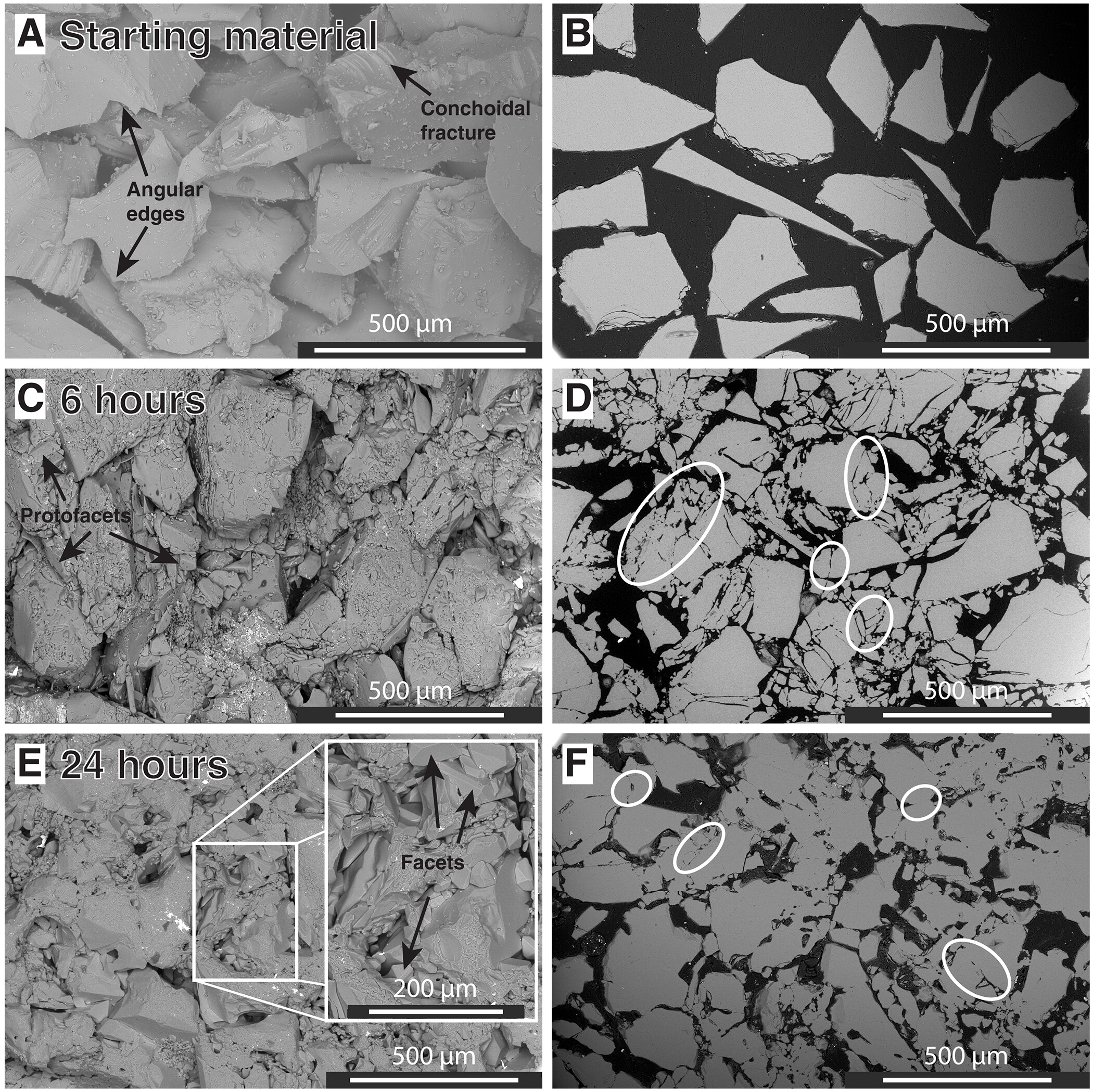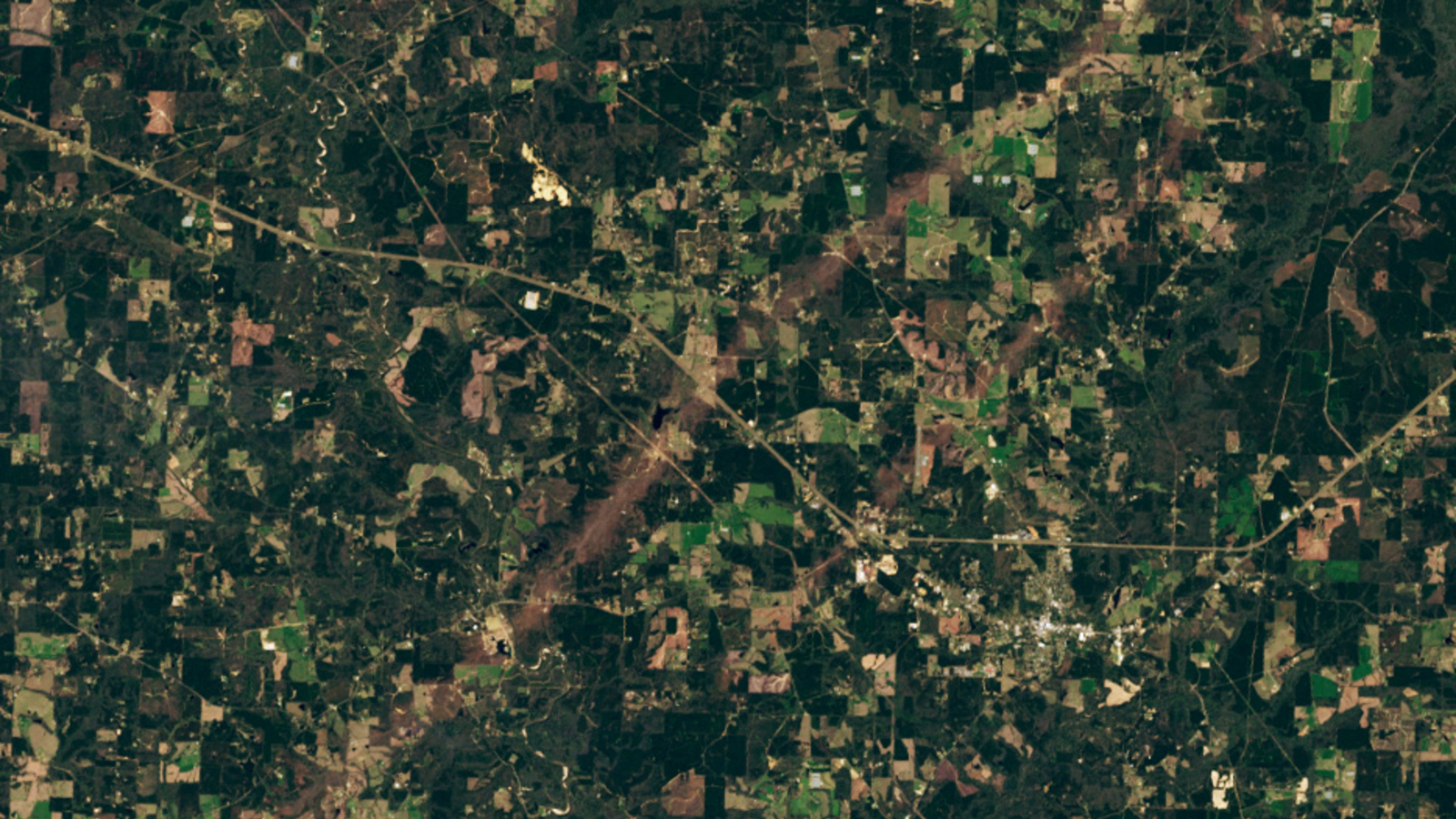Ruptures from 'silent' earthquakes deep in Earth's crust can heal themselves within hours
Researchers re-created the conditions deep inside the Cascadia subduction zone and found that fractured rocks can repair themselves during, or just hours after, slow-motion earthquakes.

Cracks deep in Earth's crust can stick themselves back together within hours after certain earthquakes, new research suggests.
Specifically, these cracks can heal speedily after what geologists call slow slip events. This is when the deformation- and stress-induced movement between two sides of a fault occurs over days, weeks or months, rather than over seconds or, for the largest earthquakes, minutes.
Slow slip events are "silent" earthquakes in which the slip happens much more slowly and doesn't radiate the strong waves that can make regular earthquakes dangerous, said study lead author Amanda Thomas, a professor of geophysics at the University of California, Davis.
"Slow slip events and regular earthquakes can occur on the same major fault systems, but they typically happen at different depths and under different physical conditions," Thomas told Live Science in an email. "What determines whether the fault slips slowly or suddenly is the fault frictional behavior and the effective stress on the fault."
Thomas and her colleagues studied slow slip events deep in the Cascadia subduction zone, a "megafault" where the Juan de Fuca Plate slides under the North American Plate. Cascadia experiences lots of these slow slip events and has an exceptional seismic monitoring network, making it one of the best places in the world to study this phenomenon, Thomas said.
The megafault is capable of unleashing magnitude 8 and 9 earthquakes. "In subduction zones like Cascadia, large earthquakes occur in shallow, colder rocks, while slow slip happens deeper where temperatures and pressures are much higher and fluids are abundant," Thomas explained.
Cascadia's slow slip events are unusual in that they sometimes rupture the same zone repeatedly during a single event. Within just a few hours, one area of the fault can break multiple times, which suggests both that stress is reloaded quickly and that a "healing" process occurs between ruptures. "That repeated re-activation is one of the puzzles our study set out to explain," Thomas said.
Get the world’s most fascinating discoveries delivered straight to your inbox.
The results were published Nov. 19 in the journal Science Advances.
Because the depths of Cascadia are inaccessible, the researchers re-created in the lab the conditions thought to exist deep within the subduction zone. They loaded a silver capsule with powdered quartz and a trickle of water to mimic rocks and deep fluids, respectively. The team then welded the capsule shut, heated it to about 930 degrees Fahrenheit (500 degrees Celsius), and put it under a pressure 10,000 times higher than atmospheric pressure for up to 24 hours.

Next, the researchers used electron microscopy to glean what had happened to the quartz powder. They found that the mineral grains had been welded together, even in samples that had been "cooked" for only a few hours.
"Fault healing depends strongly on temperature, pressure, and the presence of fluids," Thomas said. "In our experiments, these conditions produced measurable strengthening within hours."
Regular earthquakes typically occur in shallower regions of the crust, so it takes much longer — years to decades — for fractures to heal. "Our results suggest the same basic process can operate across the crust, but the timescales change depending on the environment," Thomas said.
The other part of the puzzle addressed in the study is how stress is reloaded so rapidly during slow slip events in Cascadia. The subduction zone experiences low-frequency earthquakes, which are small seismic events triggered in bursts when the same area ruptures again and again. These bursts overlap with ocean tide cycles, suggesting tidal changes can cause a fault to re-rupture just hours after it has repaired itself.
"In Cascadia, rapid healing means that parts of the deep fault can re-strengthen quickly enough to be re-activated multiple times during one slow slip cycle," Thomas said. "That affects how we model slow slip and how we interpret the signals we use to monitor the deep fault."
Fault healing is also an important consideration in shallower regions, including those known to cause major earthquakes. Repair processes should be included in the next generation of models, as they could improve our understanding of earthquake risks, Thomas said.

Sascha is a U.K.-based staff writer at Live Science. She holds a bachelor’s degree in biology from the University of Southampton in England and a master’s degree in science communication from Imperial College London. Her work has appeared in The Guardian and the health website Zoe. Besides writing, she enjoys playing tennis, bread-making and browsing second-hand shops for hidden gems.
You must confirm your public display name before commenting
Please logout and then login again, you will then be prompted to enter your display name.
